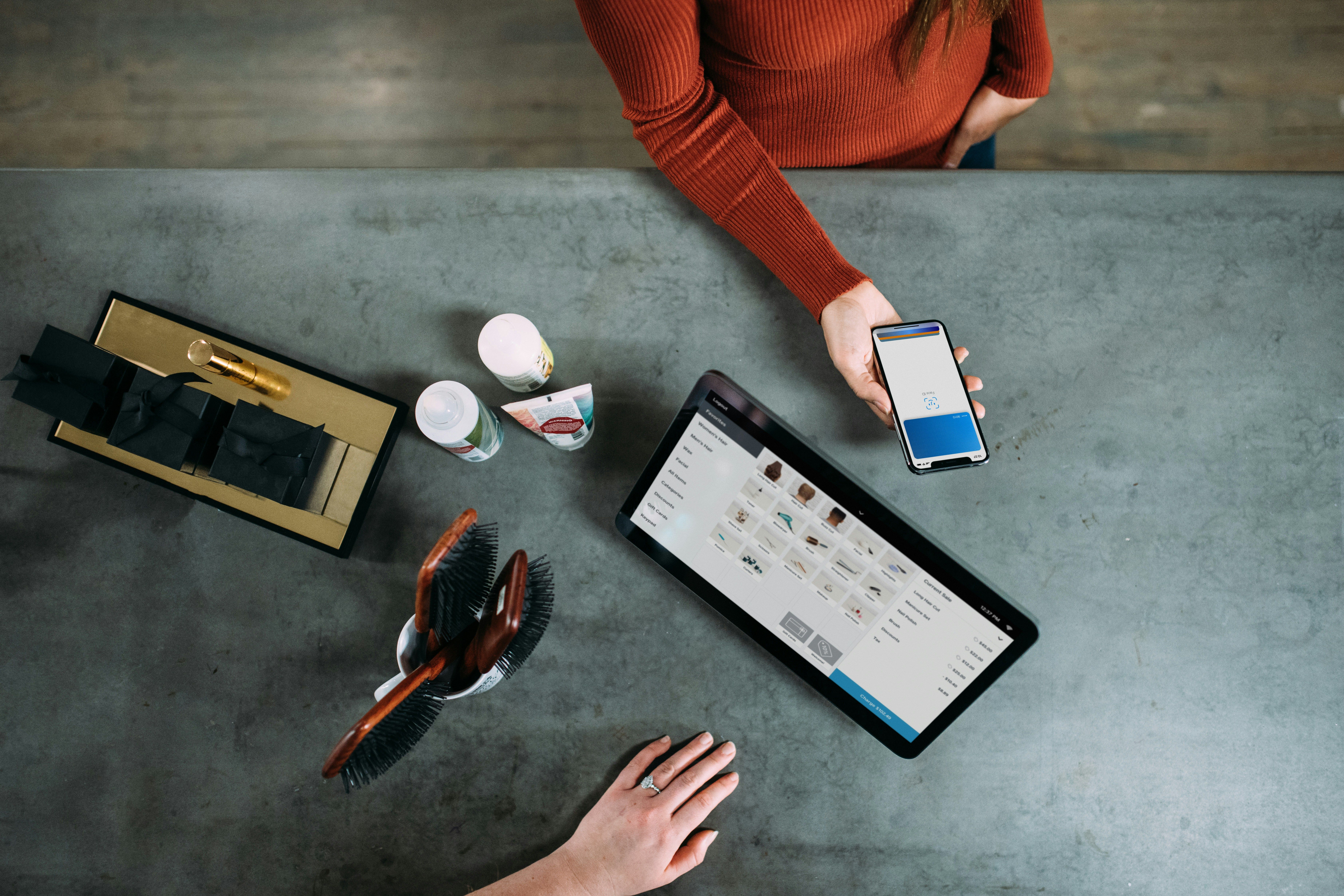In today's fast-paced digital world, social media has become an essential tool for businesses looking to grow their brand. With millions of people scrolling through platforms like Instagram, TikTok, and YouTube daily, it’s no wonder companies are seeking ways to tap into these audiences. One of the most effective strategies? Influencer partnerships. But how exactly do you leverage these collaborations for brand growth? Let’s dive into the world of influencer marketing and discover how it can take your brand to the next level.

Understanding Influencer Marketing
Before we jump into the nitty-gritty of influencer partnerships, let’s first understand what influencer marketing is. Simply put, influencer marketing is a form of collaboration where brands partner with individuals who have a large, engaged following on social media. These influencers, often seen as relatable and trustworthy by their audience, promote a brand's product or service in a way that feels authentic.
Think of it as modern-day word-of-mouth marketing, but instead of neighbors chatting over the fence, it’s happening online through posts, stories, and videos. What makes influencer marketing so powerful is the connection these influencers have with their followers. Their recommendations often come across as personal, which can significantly impact purchasing decisions. People tend to trust a product more if it’s promoted by someone they admire rather than through traditional advertising.
Of course, to maximize the effectiveness of such campaigns, quality content plays a key role. If you're looking to enhance your content strategy alongside influencer marketing, working with a professional essay writing service SameDayPapers can ensure that your messaging is sharp, engaging, and tailored to your audience’s needs. Quality content complements the impact influencers have on social media, creating a well-rounded approach to brand growth.
Different Types of Influencers
Not all influencers are created equal. Brands can work with:
● Mega-influencers: Celebrities or personalities with millions of followers.
● Macro-influencers: People with a large following (100,000 to 1 million).
● Micro-influencers: Individuals with a smaller but highly engaged audience (10,000 to 100,000).
● Nano-influencers: Everyday social media users with a few thousand followers but a very niche audience.
The type of influencer you choose depends on your brand’s goals, audience, and budget.
Choosing the Right Influencers for Your Brand
Now that we know what influencer marketing is, how do you choose the right influencers to partner with? This step is crucial. Partnering with the wrong influencer can waste time, money, and even damage your brand’s reputation. Here are some key factors to consider when selecting an influencer:
1. Relevance to Your Brand
This is perhaps the most important aspect. The influencer should align with your brand’s image and values. For example, if you’re a fitness brand, collaborating with a fitness enthusiast or personal trainer makes sense. Their followers are likely interested in health and wellness, making it more likely that your product will resonate with them.
2. Audience Engagement
It’s not just about the number of followers an influencer has. Engagement matters more. A smaller influencer with a loyal, engaged following may yield better results than a mega-influencer whose posts get lost in a sea of likes. Look for influencers who actively interact with their audience through comments, likes, and shares. This indicates that their followers trust them and are more likely to listen to their recommendations. If you are not sure about how to find out the engagement, you should use an engagement rate calculator.
3. Content Quality
What kind of content does the influencer create? Is it professional, creative, and in line with your brand’s aesthetic? If their content resonates with your target audience, it will be easier to craft campaigns that feel natural and engaging. Authenticity is key—forced or overly promotional content can backfire and feel inauthentic to viewers.
4. Influencer Reputation
It’s important to do your research. Make sure the influencer has a good reputation and a clean social media presence. Any past scandals or controversies could reflect poorly on your brand if you’re associated with them.
Creating Effective Influencer Campaigns
Once you’ve chosen the right influencer, the next step is to create a campaign that achieves your brand’s goals. Influencer marketing is not just about sending an influencer your product and asking them to post about it. It requires thoughtful planning, collaboration, and clear communication. Here’s how to craft a successful campaign:
1. Define Clear Objectives
Before anything else, identify what you want to achieve with your influencer partnership. Are you looking to increase brand awareness, drive sales, or grow your social media following? Clear goals will help you measure the success of your campaign and ensure that both you and the influencer are on the same page.
2. Collaborate on Creative Ideas
Influencers know their audience best, so work with them to come up with creative ideas for promoting your brand. Whether it’s an unboxing video, a product review, or a behind-the-scenes look at how your product is made, allowing the influencer some creative freedom can result in more authentic and engaging content.
3. Use Multiple Platforms
Don’t limit your campaign to just one platform. While Instagram might be the most popular choice, influencers are active on a variety of platforms like TikTok, YouTube, and even blogs. By leveraging multiple platforms, you can increase your reach and engage with different audiences.
4. Incorporate Storytelling
People love stories, and influencers are often great at storytelling. Encourage them to share their personal experiences with your product, whether it’s a transformation they’ve undergone or how it fits into their everyday life. This approach is much more effective than a simple product shoutout.
Measuring Success and ROI
How do you know if your influencer partnership is working? Measuring the success of your campaign is essential to understand its impact and return on investment (ROI). Here are a few metrics to track:
1. Engagement Rates
Look at the likes, comments, shares, and overall engagement that the influencer’s post generates. High engagement means the content resonated with the audience.
2. Follower Growth
If your goal was to increase your social media following, check if there was a spike in your followers after the campaign. This can indicate that the influencer successfully attracted new people to your brand.
3. Website Traffic and Sales
Did the campaign drive traffic to your website? Many brands use trackable links or special discount codes to see how many people clicked through and made a purchase.
4. Brand Sentiment
Pay attention to how people are talking about your brand after the campaign. Are people excited, curious, or even skeptical? Monitoring brand sentiment can give you insights into how the influencer partnership impacted your brand’s reputation.
Conclusion
Influencer partnerships are a powerful tool for growing your brand in today’s digital landscape. When done right, they can increase brand awareness, drive sales, and build a loyal customer base. The key is choosing the right influencers, collaborating on engaging content, and carefully measuring the success of your campaigns. Social media is constantly evolving, but by leveraging the power of influencer marketing, your brand can stay ahead of the curve and connect with a wider audience.
So, are you ready to take your brand to the next level through influencer partnerships?
Table of content
Looking for influencers?










